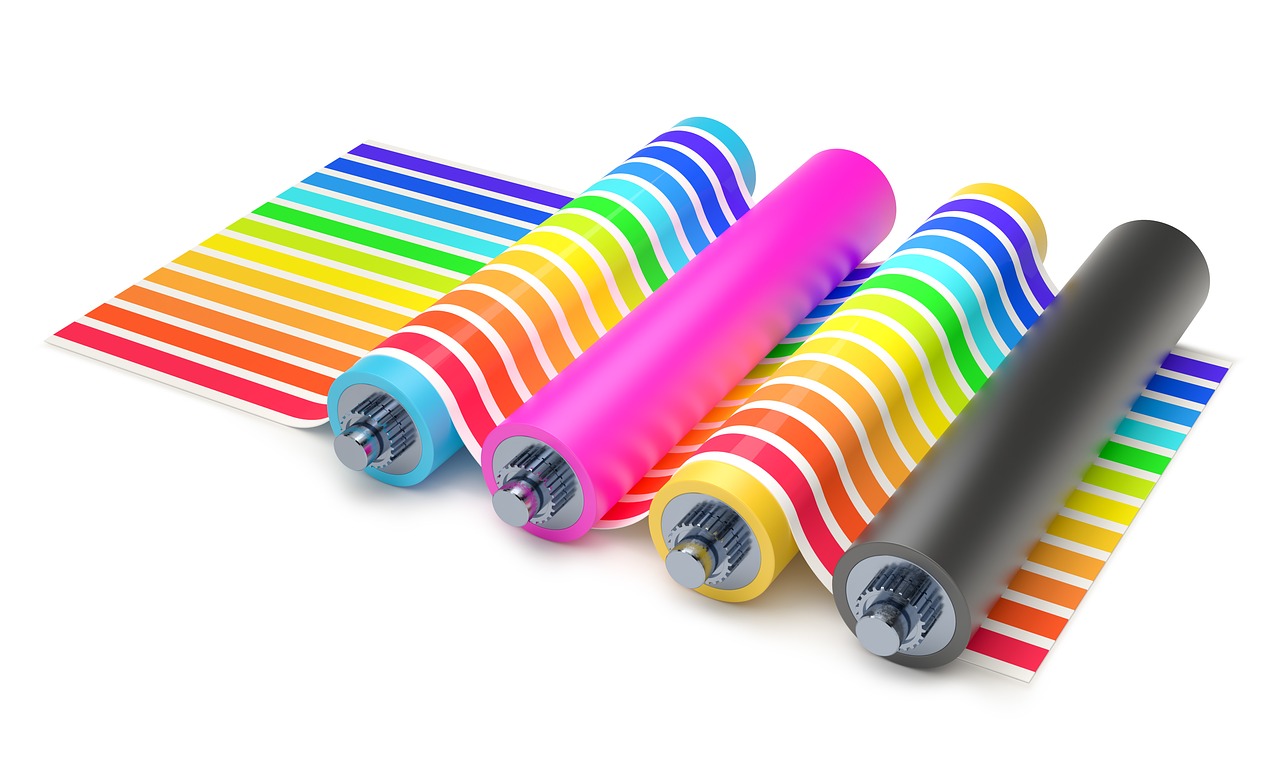Business
Emerging Objects Introduces Mud 3D Printing

Today, when 3D printing is at its peak, anyone can find an affordable machine for themselves that can print with a large variety of consumable materials. Apparently, even regular mud can be a consumable, as Emerging Objects’ designers and architects demonstrated in practice.
Mud Frontiers proves that it’s viable to use 3D printing technologies instead of sculpting with your own hands with what you can find. The project started as an experiment to reproduce the handmade clay structures and pottery made of mud and clay taken from Sangre de Cristo and San Juan mountains, located in New Mexico and Colorado. The team then decided to start a much larger project, inspired by the fact that for centuries, the Natives of those lands created not only pottery, but also dwellings from nothing but mud.
The team’s efforts have led to the development of four unique experimental huts built with a mixture of clay soil and wheat straw – Beacon, Lookout, Hearth and Kiln. Beacon was created to find a way to make the wall as thin as possible. Its name was given due to the illumination of indentations along the wall at night, which makes it resemble a beacon. Lookout uses coils to create a staircase. Hearth has a curling mud bench inside that wraps around a fireplace in the middle of the structure. The last one, Kiln, was turned into a simple pottery workshop, returning to the production of clay pots.
The main workshop works mostly with juniper wood, which was also used as mud-wall reinforcement for Hearth: you can even see the bars sticking out. The walls were printed on a Potterbot XLS-1 3D printer, developed by 3D Potter. The printer is based on a rarely applied 3D printing technology named SCARA.
One or two operators working with the 3D printer can effectively replace a team of six sculptors. The printed structure is up to 2.75 meters in height and 2.5 meters in diameter when the system prints with 360-degree rotation.
The whole experiment was a kind of a response to the an article in the Smithsonian magazine called “40 Things You Need to Know About the Next 40 Years”. It’s particularly stated there that we will have to eat jellyfish (because nothing else will remain in the sea), the world will be ruled by artists, musicians, comedians and other creative personalities, and all the advanced structures will be built of mud.
Business
Ethical Affiliate marketing : Defining the Conflict

Affiliate marketing in the online casino industry walks a fine line between commercial interest and editorial integrity. Affiliates earn commissions when players register or deposit through affiliate links, yet these same affiliates often publish reviews claiming to guide users toward the best and safest operators. This dual role creates a potential conflict of interest: can a reviewer remain truly objective while being financially rewarded for player conversions?
This ethical tension is not hypothetical, it defines the entire casino review system. Readers expect independent recommendations, while advertisers aim for visibility and sign-ups. The challenge, therefore, lies in ensuring that commercial necessity never compromises editorial honesty. Without clear ethical structures, the trust between affiliate and reader quickly collapses, breaking the foundation of any long-lasting brand in the iGaming space.
The Ethical Solution: Editorial Firewalls
Responsible affiliates have developed a structural response to this dilemma known as the “editorial firewall.” This principle strictly separates commercial operations (such as partner negotiations and commission management) from editorial teams responsible for content, ratings, and recommendations. By preventing advertisers or commercial staff from influencing content, affiliates safeguard the objectivity of their reviews.
Antti Virtanen, Editor in Chief of Kasinohai, explains this responsibility clearly:
“My primary responsibility is to maintain the editorial firewall. If an advertiser’s payment can influence a casino’s star rating, we have failed our readers, and that short-term gain will instantly destroy the decade of trust we have built.”
The editorial firewall functions much like journalistic separation between newsroom and advertising department. Editors work with established criteria: licensing, game variety, payment methods, and player protection measures. Without any interference from commercial targets. When this discipline is followed, affiliates can confidently assure readers that ratings reflect evidence-based quality, not marketing budgets.
Maintaining such independence often comes with short-term sacrifices: rejecting lucrative offers from less trustworthy operators or declining to modify reviews to appease advertisers. Yet, for ethical affiliates, these sacrifices strengthen the brand’s reputation and guarantee the long-term viability of their business model.
Prioritizing Safety and Trust
True ethical affiliation starts with a single non-negotiable principle: only promote casinos that are safe, licensed, and compliant with responsible gambling regulations. Trust begins at selection. Every casino under review should pass a rigorous safety audit, covering valid gaming licenses, secure payment processing, transparent bonus terms, and the presence of responsible gambling tools such as deposit limits and self-exclusion options.
Antti Virtanen underlines this commitment:
“The ethical commitment begins at the gate: our first and most important filter is licensing and player safety. Any operator that fails our rigorous background checks on responsible gaming tools, fair terms, or payment security will never be promoted, regardless of their commercial offering.”
By excluding unsafe or unlicensed platforms, affiliates act as front-line gatekeepers, shielding players from potential fraud or exploitative practices. Ethical affiliates must also stay proactive, regularly updating their databases and removing any operators that lose licenses, alter fair terms, or develop unresolved consumer complaints. This proactive maintenance shows readers that the site’s focus is not only on visibility but on genuine player well-being.
Ethics in affiliate marketing also extend to how bonuses and offers are presented. Affiliates must reject misleading promotions that hide behind fine print or impose unrealistic wagering requirements. Fair representation of bonus terms not only protects players but also differentiates responsible affiliates from competitors who prioritize click volume over credibility.
Transparent Disclosure
Transparency is a cornerstone of ethical affiliate marketing. Readers deserve to understand how affiliate links work and how they affect the content they see. A clear, accessible disclosure explains that the affiliate may receive compensation when users register or deposit through referral links. However, this relationship should never impact the user’s cost, terms, or overall experience on the casino site.
The purpose of transparency is twofold: it builds trust with readers and aligns with regulatory expectations for advertising disclosures. A good disclosure statement is not hidden in small print; it’s presented as part of the site’s editorial ethic. It assures visitors that commercial partnerships never influence ratings, reviews, or recommendations.
In practice, this can appear as a brief statement at the start or end of a review, linking to a detailed explanation of the site’s business model. Clear communication empowers readers to make informed decisions and it alleviates the underlying skepticism that often surrounds online casino reviews.
Transparency also extends to responsible gambling communication. Affiliates should remind readers that gambling involves risk and provide visible links to national helplines, self-exclusion tools, and player protection resources. When ethical values are embedded not only in compliance checklists but also in editorial tone, the brand earns genuine user respect.
Long-Term Value
The ultimate goal of ethical affiliate marketing is sustainability building a relationship of long-term trust that outlasts the allure of short-term profits. A single misleading recommendation might boost conversions temporarily, but the resulting loss of credibility can permanently damage a brand.
Antti Virtanen captures this philosophy:
“In the end, ethical affiliate marketing is not a high-volume business; it’s a high-trust business. Our long-term success isn’t measured by the conversion rate of a click, but by the number of players who return to us because we saved them from a poor or unsafe experience.”
This perspective reframes success away from mere performance metrics toward qualitative measures: user satisfaction, returning readership, and brand reliability. Ethical affiliates understand that authority and trust cannot be purchased—they are earned through consistent transparency, careful editorial standards, and user-focused decision-making.
Long-term value also aligns with broader industry goals of promoting responsible gambling and sustainable player engagement. Affiliates that champion these principles contribute positively to the reputation of the iGaming industry as a whole.
Ethical affiliate marketing is not a static policy it is an ongoing commitment to transparency, responsibility, and respect for the audience’s trust. Establishing strict editorial firewalls, prioritizing player safety, and maintaining open disclosure practices form the blueprint for sustainable success. In an environment driven by competition and revenue potential, ethics are not a hindrance but the very strategy that distinguishes credible affiliates from the rest.
-

 Tech5 years ago
Tech5 years agoEffuel Reviews (2021) – Effuel ECO OBD2 Saves Fuel, and Reduce Gas Cost? Effuel Customer Reviews
-

 Tech6 years ago
Tech6 years agoBosch Power Tools India Launches ‘Cordless Matlab Bosch’ Campaign to Demonstrate the Power of Cordless
-

 Lifestyle6 years ago
Lifestyle6 years agoCatholic Cases App brings Church’s Moral Teachings to Androids and iPhones
-

 Lifestyle5 years ago
Lifestyle5 years agoEast Side Hype x Billionaire Boys Club. Hottest New Streetwear Releases in Utah.
-

 Tech7 years ago
Tech7 years agoCloud Buyers & Investors to Profit in the Future
-

 Lifestyle5 years ago
Lifestyle5 years agoThe Midas of Cosmetic Dermatology: Dr. Simon Ourian
-

 Health7 years ago
Health7 years agoCBDistillery Review: Is it a scam?
-

 Entertainment6 years ago
Entertainment6 years agoAvengers Endgame now Available on 123Movies for Download & Streaming for Free
